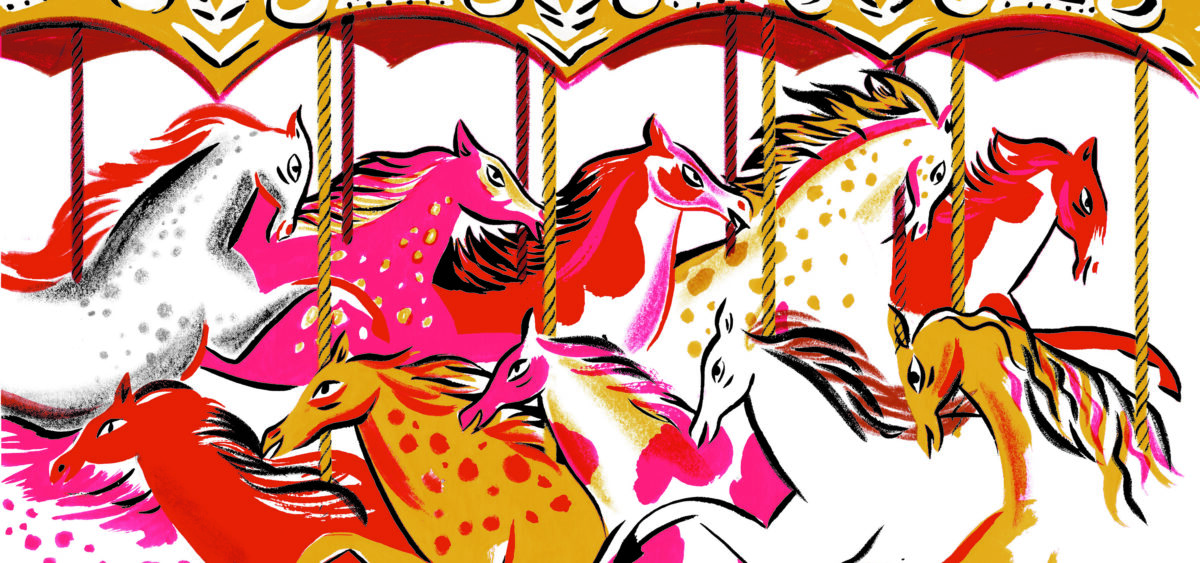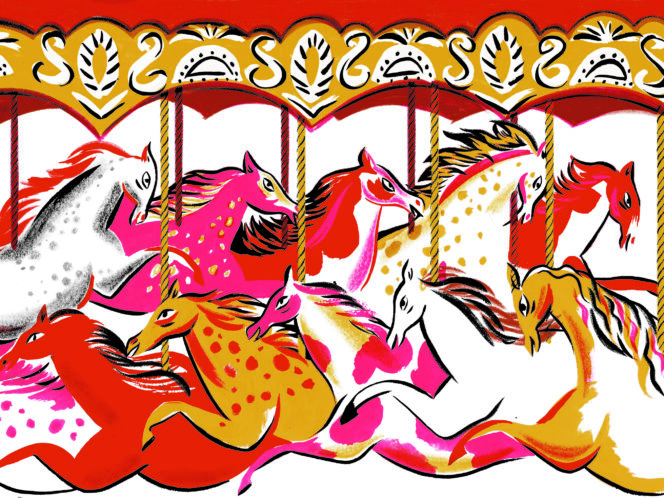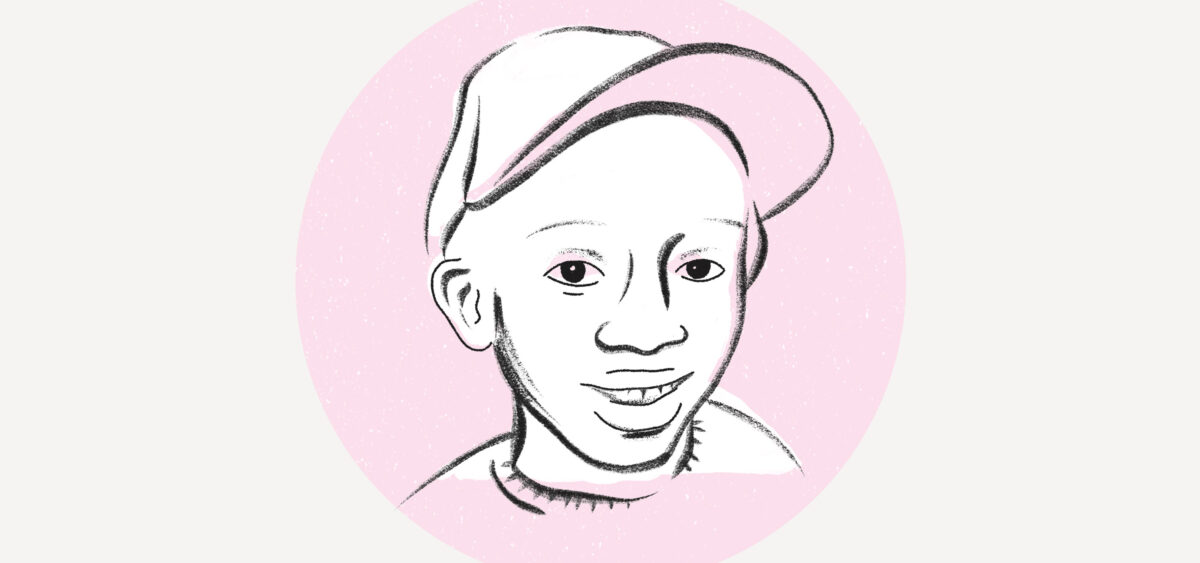
We owe the Ferris wheel and the carousel to the Ottoman Turks, and the roller coaster to Tsar Peter the Great and Tsarina Catherine the Great. The roller coaster is good for pious Christians; it also helps with kidney stones.
Karuzela, karuzela, na Bielanach co niedziela (“Carousel, carousel, every Sunday in Bielany”) Maria Koterbska sang in 1955. This song, popularized by the socialist realist comedy Irena do domu!, is known in Poland even by those who don’t remember the Polish People’s Republic, don’t know anything about Koterbska, and have never in their lives set foot in Warsaw’s Bielany district. That’s the power of simplicity in rhythm and melody, but also of whirling fun; of the vision of a literal flight of Sunday fancy. And when we think ‘carousel’, we no longer imagine just a ride on horses rotating on a wheel or hanging on chains. This symbol of the amusement park is also full of other mechanical wonders, such as roller coasters and Ferris wheels. Whether you have a taste for big coasters, or whether slow-moving swans suffice, you should take a victory lap on your favourite ride in May – to mark a great anniversary of the carousel. But we’ll come back to that, on a later go-round.
Knightly play
The Warsaw University Library’s collection includes a beautiful drawing by 16th-century Flemish








